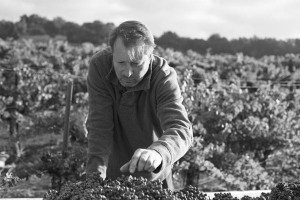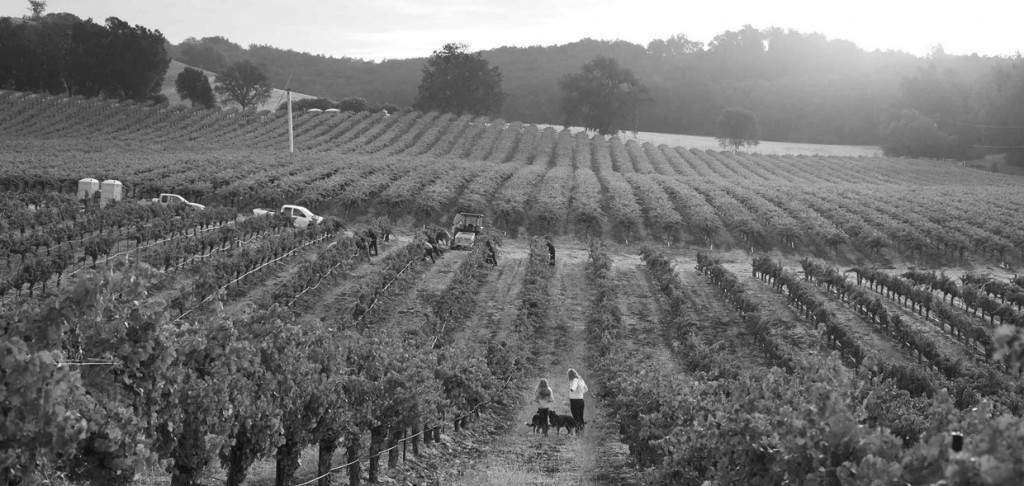For Part Two of our exploration into PRCC members who dry farm their vines – a topic most interesting in the midst of the current drought – we asked Damian Grindley, Founder and Winemaker at Brecon Estate, to explain why he chooses to dry-farm, and what effect the method has on the finished wines.
“Brecon certainly believes that dry-grown wines have a huge market potential as consumers better understand the quality benefits that are associated with the practice. This is also probably a good time to point out the French perspective where the practice, after generations of experience, is so universally accepted that nearly all appellational French wines have to be dry-grown by law.
Brecon has, since its inception (2012), been reaping the quality benefits of incorporating dry-grown fruit into its programs by contracting several existing iconic dry-grown vineyards. For us it’s about long term “generational” sustainable plantings. In one case, above Adelaida Road, we have grafted over a whole hillside of dry-grown Port varietals to varietals that better suit the locale and Brecon’s programs. Our first fruit from this project is much anticipated in 2016.
For Brecon Estate those benefits are multitudinous. Not only are the berries generally smaller (as we know all the flavor and color is in the skins); consequently the resultant skin-to-juice ratio naturally produces more flavor-intense wines. The acids tend to be naturally brighter and balanced, resulting in wines that are more integrated and have better aging potential. Driving around Paso Robles right now, you can clearly see that, after three or four years of drought, the healthiest looking vineyards are by far the dry-grown ones. The old-timers who planted them certainly knew what they where doing.
We are in the process of weaning our 18 acres of some of the oldest Cabernet Sauvignon vines on the Westside of Paso Robles off drip irrigation, training the roots to go deeper and deeper in search of elusive groundwater – a process we anticipate taking five years to complete. We started to dry-farm these vines in winter of 2012, but the drought came full swing so by winter of 2014 and 2015 we relented and did put on a little water to ensure the vines had enough canopy to ripen the crop, survive the current drought cycle and continue to produce our reserve program for many years to come. We already see a major upswing in quality in the yet-to-be released wines.
We also intend to dry-farm our new plantings from 2014. With a 12-inch cap of clay over calcareous bedrock, damp soil is encountered a mere six inches down, all year round. We have planted a specially selected, tiny-berried clone of Malbec, just imported from Argentina. (Brecon’s is the second planting in California and the first that will be dry-grown.) We have also planted Petit Verdot, the bud wood coming from an iconic Westside Vineyard. The difference here is Brecon intends to reduce its natural vigor and raise the quality stakes by dry-growing it. Of course, if you look at the Brecon Vineyard right now in the establishment phase you will see drip irrigation. This will remain until the vines are fully cropping and roots have wormed their way through the bedrock to a suitable depth.
Like anything dry-grown fruit is not necessarily a silver bullet. You have to have the right terroir, such as that found in most of Paso Robles, for it to work. Our estate hilltop Cabernet Franc, for example, which has a ridiculously thin film of soil above bedrock would not be a prime candidate. However where you do find dry-farmed premium grapes, the method is almost certainly worthy of exploring.”


